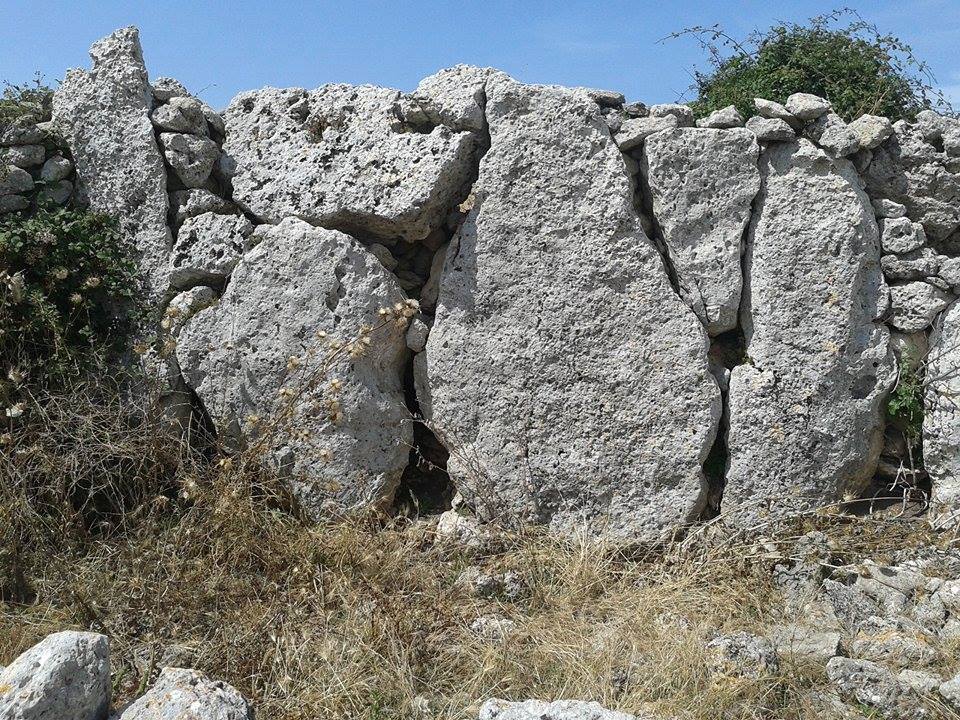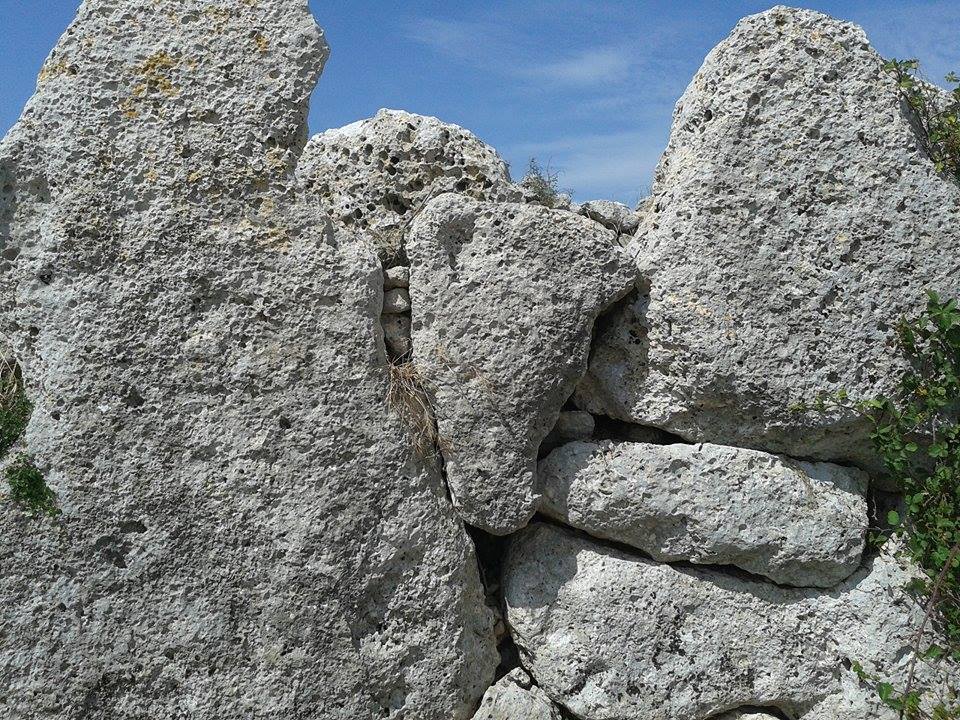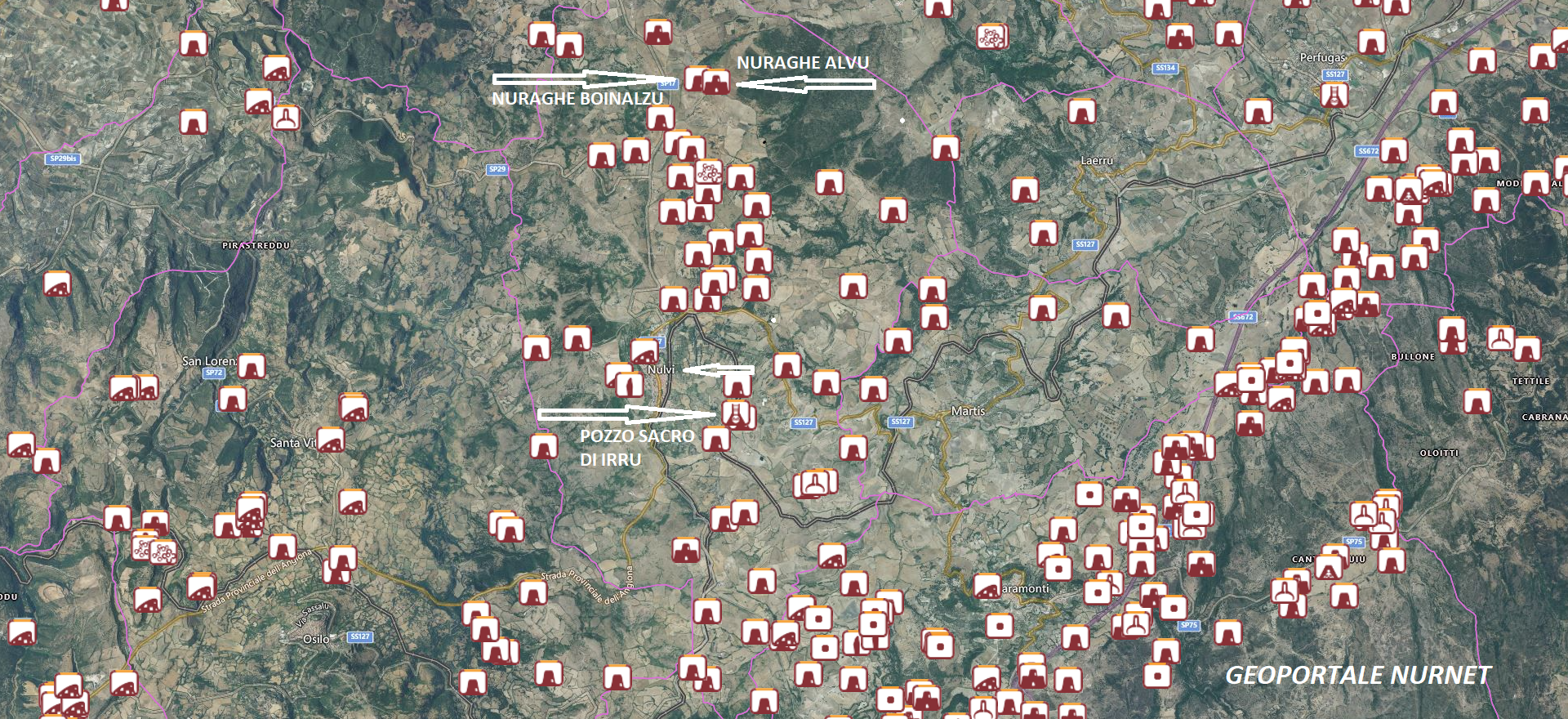“The territory of Nulvi features more than a hundred nuraghi, famous and enigmatic tombs, bizarre pyramids of Sardinia which counts over three thousand. These heavy cyclopean constructions, without cement, sometimes offer their long and solid cones at the sides or at the top of steep heights, demonstrating a surprising skill in statics on the part of the builders. The pointed arch is found in the nuraghi, which together with other monuments from Egypt, Greece, and Italy, provides new evidence that the ogival system, far from having been discovered in the forests of the north, to which it owes its form, is an invention that dates back to the infancy of the arts of the south. One of the nuraghi of the Argentiera mountain, which seems, like other mountain names in Sardinia, to indicate the existence of ancient mines, has an external covering of white stones that give it the appearance of a large tower. This extraordinary, picturesque burial ruin, mixed with grass, moss, and brambles, is one of the most important. Some nuraghi have the look of remains of fortifications. It may be that these primitive tombs, these tombs of shepherds intended, like the tombs of the Roman countryside, for the burial of entire families, later served, like its noble mausoleums, as strongholds for fighters and that even here death was launched from the same places that served as asylum. The owner of the beautiful white nuraghe of Monte Argentiera is a farmer who owns the field in which it is located; he would be ready to sell it to the first comer, he offered it to me for a few scudi. The indifference towards the nuraghi is extreme; their ruin is exacerbated by the shepherds who bring livestock there; the stones that can be removed are used for the walls, several have also been demolished by foolish and superstitious treasure hunters…”
The excerpt is taken from “Valery – Viaggio in Sardegna”, reprint of the book “Voyage en Sardaigne” by Antoine-Claude Pasquin, known as Valery (1789-1847) – Ilisso editore 1999.
The photos of the nuraghe Alvu and the nuraghe Boinalzu of Nulvi are by Romano Stangherlin; those of the megalithic wall near the nuraghe Alvu are by an unidentified author. The photos of the sacred well of Irru, also in Nulvi, are by Sergio Melis, Andrea Mura-Nuragando Sardegna and Diversamente Sardi.











